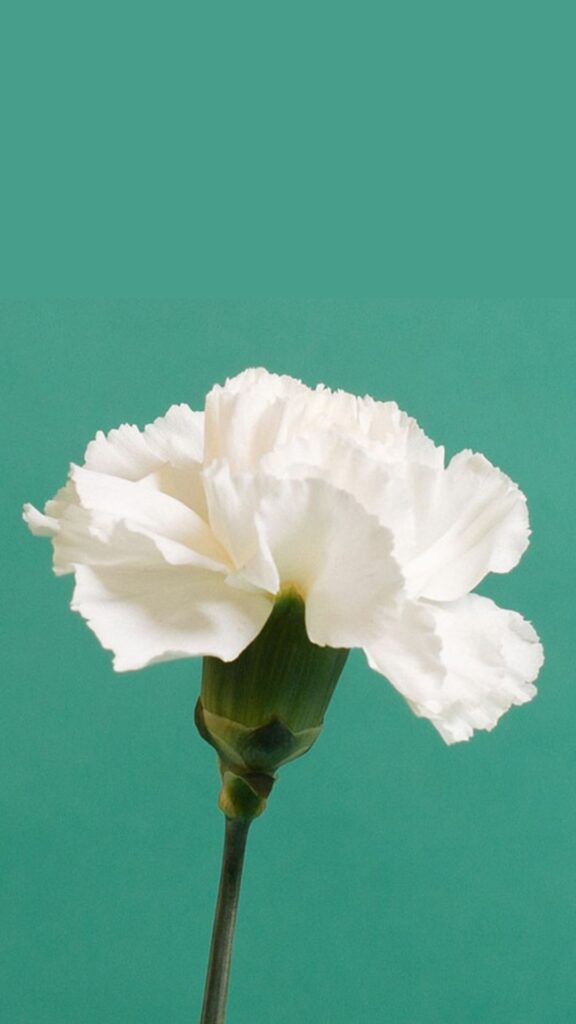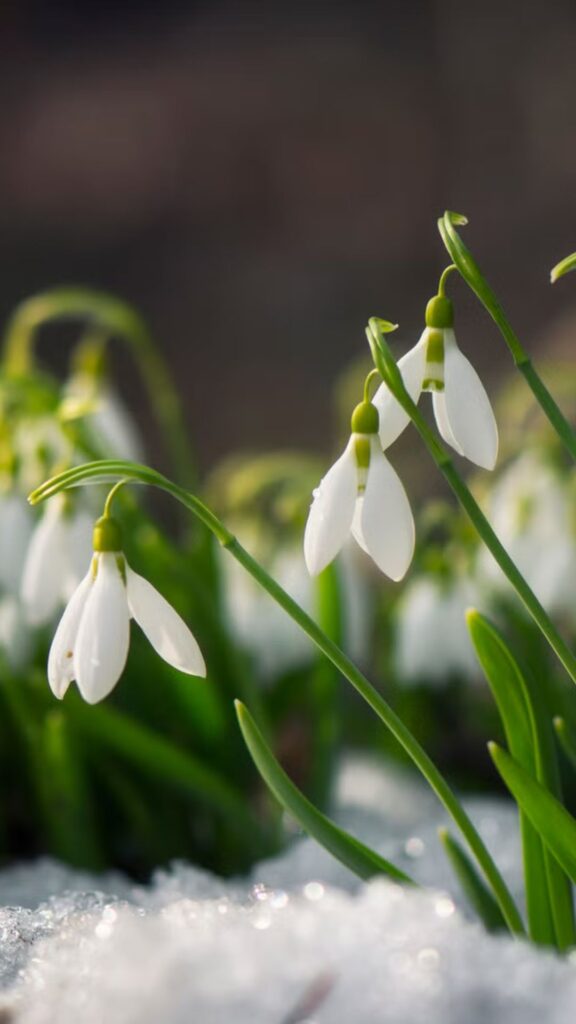What Makes Carnations and Snowdrops January birth flowers
January brings new beginnings and fresh starts. A great way to celebrate this month is by learning about its birth flowers, Carnations and Snowdrops. These flowers are not only beautiful but also full of meaning. Carnations show love and strength, while Snowdrops stand for hope and courage.
Let us explore their stories and see why they make January such a special month.
If you want to know about your birth month, you can read our detailed guide on what your birth flower is.
Carnations: January’s Bold and Beautiful Bloom

A Brief History of Carnations
Carnations, known scientifically as Dianthus caryophyllus, have been cherished for over 2,000 years. Originating in ancient Greece and Rome, their name translates to “flower of the gods.” During the Victorian era, carnations became a symbol of love and admiration. Today, they remain a popular choice for celebrations and special occasions.
Space Adventures – Carnations were one of the first flowers sent to space to study how plants grow in microgravity.
The Meaning Behind Carnations
Each january birth flowers – carnation color tells its own story:
- Red: Passionate love and admiration
- White: Purity and good luck
- Pink: Gratitude and fondness
- Yellow: Cheerful energy (or rejection in some traditions)
For January, carnations symbolize devotion and new beginnings, echoing the fresh start of the New Year.
Types of Carnations
- Standard Carnations: Large, single flowers on sturdy stems, perfect for bouquets.
- Spray Carnations: Clusters of smaller blooms on a single stem, ideal for arrangements.
- Dwarf Carnations: Compact and excellent for gardens or containers.
Uses of Carnations
- Fragrance Extraction: Carnations have a subtle clove-like scent, making them a niche ingredient in perfumes and essential oils.
- Natural Dye: The petals can be used to create a soft pink dye, perfect for eco-friendly craft projects.
In some cultures, carnation tea is believed to soothe anxiety and provide mild pain relief.
Caring for Carnations
- Light: Place carnations in bright, indirect sunlight. Avoid extreme heat.
- Water: Change vase water every two days, trimming stems for better absorption.
- Feeding: Add flower food to keep blooms vibrant.
- Prevention: Remove submerged leaves to avoid rot.
Carnations in Cultural Celebrations
- Spain’s Flamenco: Bright red carnations often adorn flamenco dancers, symbolizing passion and flair.
- Wedding Traditions in Asia: White carnations are used in wedding garlands to signify purity and blessings.
- Festivals: Carnations are a staple in global flower festivals, such as the “Festa da Flor” in Portugal.
Chameleon Colors – Some carnations are bred to change colors when exposed to light, a fascinating feature for science enthusiasts.
Fun Facts About Carnations
- Carnations are the official flower of Mother’s Day in many countries.
- They were among the first flowers to be cultivated commercially.
- In Korea, red carnations are worn to honor parents.
Snowdrops: January’s Symbol of Hope

A Brief History of Snowdrops
Snowdrops, or Galanthus, have a magical reputation as one of the first flowers to bloom after winter. Native to Europe and the Middle East, they often push through snow-covered ground, symbolizing resilience and renewal. In Christian folklore, snowdrops were associated with the Virgin Mary, representing purity and hope.
Golden Snowdrop – A rare mutation with golden-yellow markings instead of the traditional green.
The Meaning Behind Snowdrops
Snowdrops signify hope, purity, and new beginnings. Their delicate white petals and early bloom make them a perfect representation of January’s promise of a fresh start.
Types of Snowdrops
- Galanthus nivalis: The classic snowdrop, with graceful, nodding white flowers.
- Galanthus elwesii: Larger flowers and broader leaves, native to Turkey.
- Galanthus plicatus: Known for its distinctive folded leaves and fragrant blooms.
Snowdrops are being incorporated into green roofs and vertical gardens due to their low maintenance and early blooming.
Caring for Snowdrops
- Planting: Plant bulbs in autumn, about 3 inches deep in well-drained soil.
- Location: Choose shaded or semi-shaded areas, mimicking their woodland origins.
- Watering: Keep soil moist but avoid waterlogging.
- Post-Bloom Care: Allow leaves to wither naturally, nourishing the bulbs for the next season.
Snowdrops in Mythology
- The Snow Queen’s Gift: Eastern European legends tell of snowdrops blooming where a drop of melted snow fell, signifying hope after a harsh winter.
- Fairy Gardens: Some believe snowdrops mark the entrance to fairy realms, adding a whimsical touch to their charm.
Double-Flowered Snowdrop – Featuring extra petals, these snowdrops look fuller and more ornamental.
Green Snowdrop – With green-tinted petals, this variety stands out in a sea of white.
Fun Facts About Snowdrops
- Snowdrops contain galantamine, used in Alzheimer’s treatment.
- They’re often seen as a symbol of bad luck if brought indoors in some cultures.
- Snowdrops are a favorite among early spring pollinators.
Conclusion
Both carnations and snowdrops are perfect symbols of January birth flowers, each with its own unique charm. Carnations bring bold color and a sense of devotion, while snowdrops offer hope and purity in the heart of winter. Whether you’re gifting a bouquet or planting these flowers, they’re sure to brighten your day and inspire a fresh start to the year.


